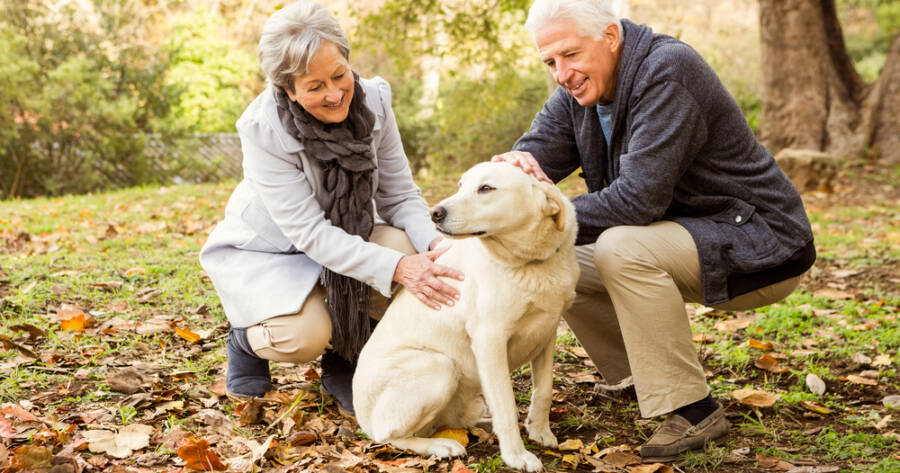Taking care of pets can be a year-round endeavor filled with adventures and challenges. As seasons change, so do the needs of our furry, feathered, or scaled companions. From the scorching heat of summer to the biting chill of winter, each season presents unique environmental factors that could potentially affect our pets. By understanding these seasonal changes, pet owners can better prepare to keep their beloved animals comfortable, safe, and healthy throughout the year.
Summer Safety Tips for Pets
Summer is a vibrant season often associated with outdoor fun, but it also comes with soaring temperatures that can be dangerous for pets. First and foremost, pet owners may want to adjust exercise routines during the hottest parts of the day. Opt for walks early in the morning or later in the evening when it’s cooler. Pets should always have access to fresh water and shaded areas to help prevent dehydration and heatstroke, which can be life-threatening if not addressed promptly.
Many pets enjoy swimming, but supervision is key. Consider using pet-friendly sunscreen on areas with sparse fur, especially on pets with light skin. Another summer hazard is hot pavement. Walking on hot surfaces can burn your pet’s paws, so checking temperatures with your hand may be a prudent measure before venturing out. If walks are a must during the day, stick to grassy areas or invest in pet booties.
Transitioning into Fall: Preparing for Cooler Weather
As summer gives way to fall, temperatures become more moderate, offering a respite from the summer heat. However, this transitional season is not without its own set of considerations. Depending on your location, autumn can be a time of increased shedding as pets prepare their coats for winter. Regular grooming can help manage shedding and keep your pet comfortable.
Fall also brings about an abundance of outdoor allergens such as mold and pollen. If your pet seems itchy, has watery eyes, or exhibits any other unusual symptoms, it may be worth consulting a veterinarian. Halloween can pose additional risks, so keeping candy and decorations out of reach could prevent unnecessary harm. Lastly, fall is often a time for vaccinations and check-ups as pets are more prone to illnesses during the colder months.
Winter Challenges: Keeping Pets Warm and Safe
Winter can present some of the most challenging conditions for pet care, especially in areas that experience harsh weather. Insulating your pet against the cold is crucial. While pets with thicker coats may enjoy the brisk air, smaller or short-haired pets might benefit from a sweater or coat. Ensuring that your pet has a warm, dry place to sleep that is away from drafts may contribute to their comfort.
Antifreeze is a common winter hazard; its sweet taste can attract pets but ingestion can be lethal. Be diligent about storing chemicals and consider using pet-safe ice melts on driveways and sidewalks. Outdoor pets, in particular, require special attention during winter. Ensuring they have adequate shelter and are brought indoors during extreme weather should be a priority.
Spring Forward: Embracing New Beginnings with Pet Care
Spring is a time of renewal and rebirth, bringing flowers and warmer days, but also rain, mud, and ticks. Spring cleaning could avoid not only clutter but allergens and potential hazards as well. Pet grooming becomes increasingly important to remove excess hair and prevent matting as the weather warms up.
With the advent of spring, parasites like fleas and ticks become more active. Regular checks and preventative treatments may help mitigate pest-related issues. Moreover, some plants that bloom in spring can be toxic to pets; therefore, ensuring garden safety is important. Outdoor activities resume in full swing during spring, so checking for tick bites and cleaning muddy paws are good practices after adventures.
Year-Round Vigilance for Happy, Healthy Pets
Each season comes with its own set of joys and challenges, but staying vigilant ready to adapt can help in safeguarding your pet’s well-being throughout the year. Understanding climate changes, environmental hazards, and specific care needs can play a pivotal role in ensuring your pet remains healthy and comfortable no matter the weather.
By taking an informed and proactive approach, pet owners can foster a nurturing environment that allows their pets to flourish, come rain, shine, or snow. Consider consulting with a veterinarian for personalized advice tailored to your pet’s specific needs, ensuring that your seasonal pet care practices are as effective and comprehensive as possible.

